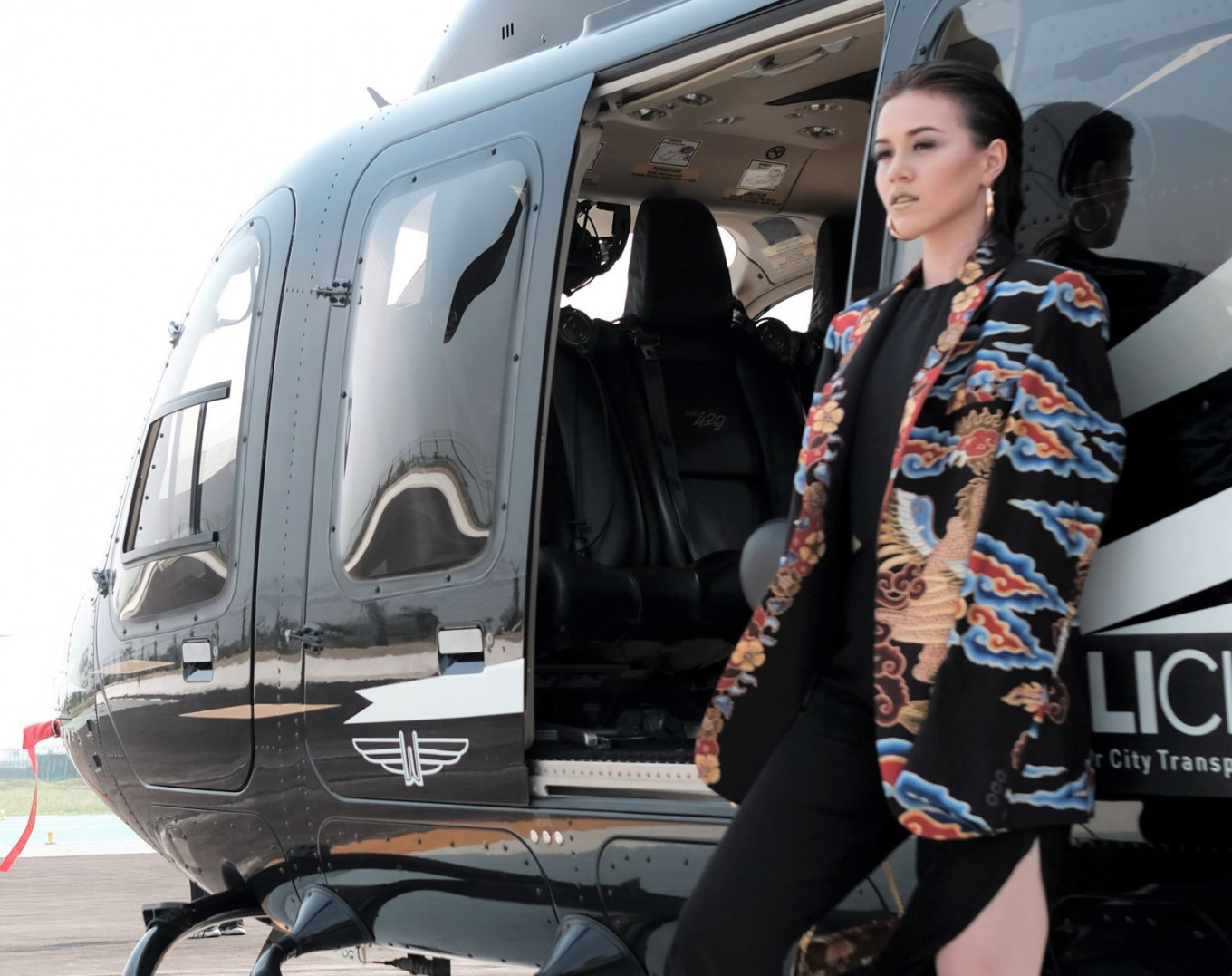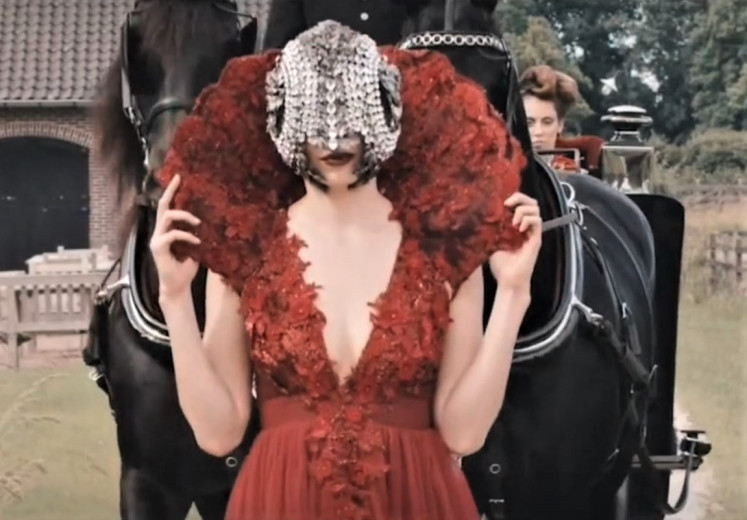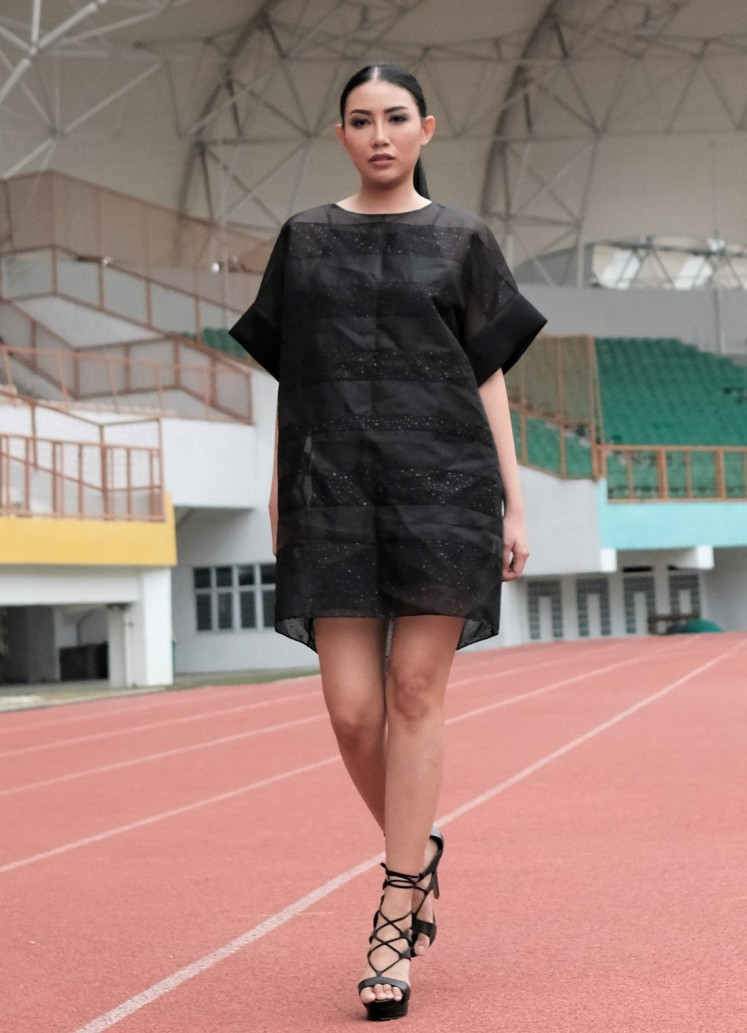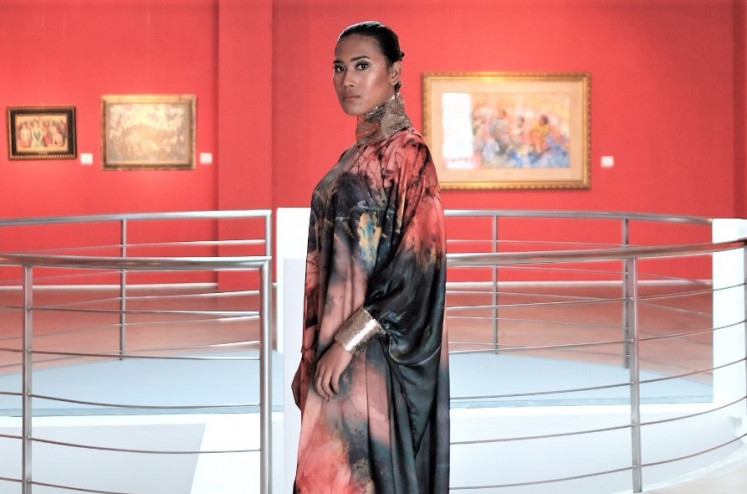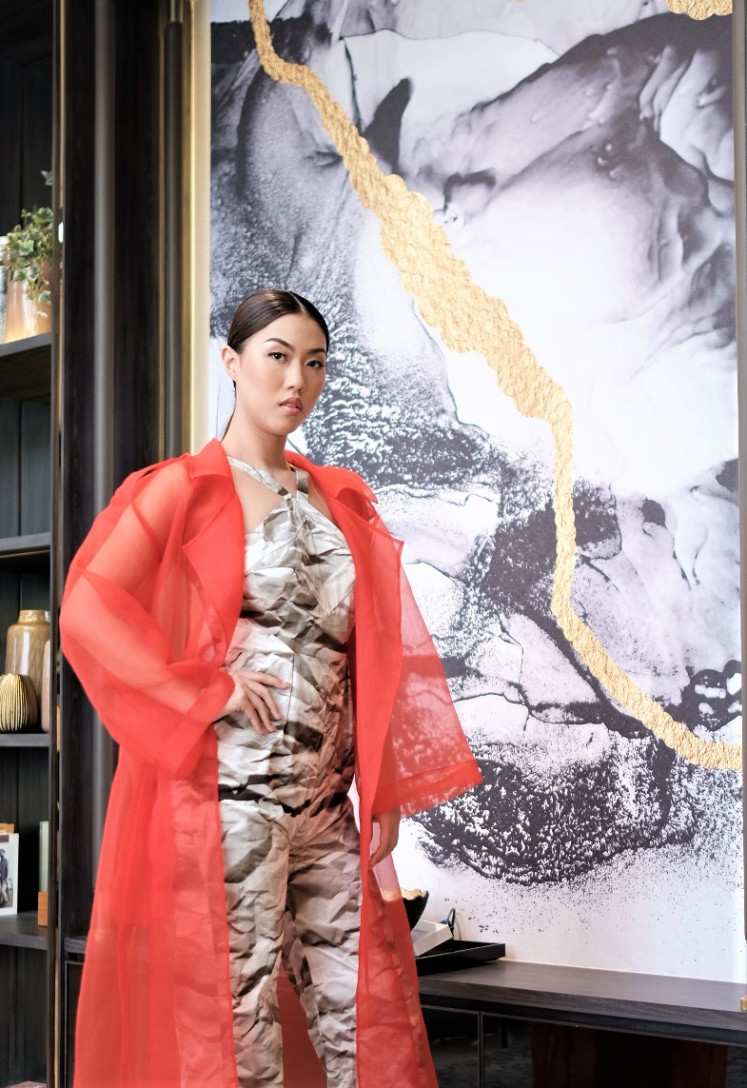Popular Reads
Top Results
Can't find what you're looking for?
View all search resultsPopular Reads
Top Results
Can't find what you're looking for?
View all search resultsFashion turns digital for pandemic season
The pandemic has disrupted many of the world’s industries, and fashion is certainly not spared.
Change text size
Gift Premium Articles
to Anyone
A
djusting your glasses, you observe models sashaying down the runway, taking note of every minute detail of next season’s trends.
Parading down for the final walk, you clap softly as the show comes to an end, and instead of clutching your Bottega Veneta and leaving, you close the tab on your browser.
This is perhaps how fashion shows are held in a time of global pandemic, where health and safety regulations mean there is no more preening outside of venues as photographers capture this season’s must-have accessory.
In February, a spike in confirmed cases in Milan led to the cancellation of several major shows closing Milan Fashion Week, including Giorgio Armani, who cancelled invitations with less than 24 hours to go and instead livestreamed the emptied-out show via the designer’s website and social media.
While watching shows remotely is nothing new, as those who have missed out on Jakarta Fashion Week shows or are avid watchers of FashionTV can attest, fashion shows in general have moved online.
London Fashion Week, one of the big four in the global fashion industry, went fully digital in June, swapping catwalks and cocktails for podcasts and playlists. Paris and Milan followed suit this month, staging events through videos and films.
Blood red: Fashi(ON)Line also invited seven international designers to participate, including Dutch jewelry label Baroqco. (Courtesy of ANNDCo/-)As for Indonesia, Jakarta Fashion Week’s usual October schedule is still a couple of months away, but another online event has already taken place for those missing the runway.
The Fashion and Cultural Festival held its annual presentation on July 8, taking the form of an online-only event livestreamed on YouTube. Dubbed as “Fashi(ON) Line”, the presentation showcased the works of 29 local and international designers.
The virtual fashion shows came in the form of fashion films, showcasing models preening and posing in various locales wearing cocktail attire and ready-to-wear creations.
These sets include the editorial, such as helipads and luxurious properties; the mundane, like airports and football fields; to the familiar, like stay-at-home moods.
Also modelling were several ambassadors, namely Armenian ambassador Dzyunik Aghajanyan and Russian ambassador Lyudmila Vorobieva wearing Menoor Batik; Finnish ambassador Jari Sinkari and Belarusian ambassador Valery Kolesnik in Garuda Kencana Batik.
Opening the show was Adith Hendart’s presentation, which saw the models walking up and down a deserted but still functional airport terminal, perhaps evoking a mundane fantasy of air travel in an era of lockdown and isolation.
The opening look of a bold fuchsia embellished mini dress with satin elbow-length gloves certainly livened up scenes of concrete and glass panels, while a floor-length gown with voluminous sleeves would likely be quite the showstopper inside an airport train car.
Meanwhile, Poppy Dharsono’s traditional and classical touch of Indonesia made for an interesting outfit when worn inside a modern art gallery, though the eclectic color choices blended well with the paintings.
The standout look featured traditional textiles worked into a sharp yet sensual ensemble of fitted strapless top and wide-leg trousers layered under a sheer, floor-sweeping outerwear.
By contrast, Steven Huang’s fabric and palette was much simpler, though they did not detract from the minimalist elegance of an azure strapless gown.
Sleek: Steven Huang has opted to showcase his designs in a premium housing complex, The Zora, synchronizing streamlined silhouettes with a hint of opulence. (Courtesy of ANNDCo/-)Minimalism is the name of the game here, but with details being the main attraction like the crumpled-paper texture of a sleek jumpsuit paired with sheer orange outerwear.
Amot Syamsuri Muda’s elevated streetwear provided interesting silhouettes, like a playful take on the humble denim jacket that saw exaggerated shoulder lines jazzing up a daily look.
Samuel Wattimena went for bold menswear, utilizing clashing patterns of traditional textiles that somehow blended in an amalgamation of old and new, of tradition and modernity.
Styling was decidedly vivacious, but individual pieces can work as statement items for the more low-key, such as a pair of black-and-white capri trousers or a patchwork jacket.
Samuel, who also served as the event’s curator, told The Jakarta Post that the primary reason for the show was creativity.
“Creativity must not be stopped or limited, the show must go on. It’s not about merely attracting purchases, so there needs to be a concept to communicate,” he said.
While preparations are more or less similar to physical shows, the production process for an online event requires additional considerations, such as camera framing, the overall background and mood. These aspects, he says, are crucial so the main message can be communicated clearly.
“I’m very much interested in online fashion shows, as it’s much simpler to prepare and the reach can become wider globally. I can showcase the details and get the concept across comprehensively.” (ste)

